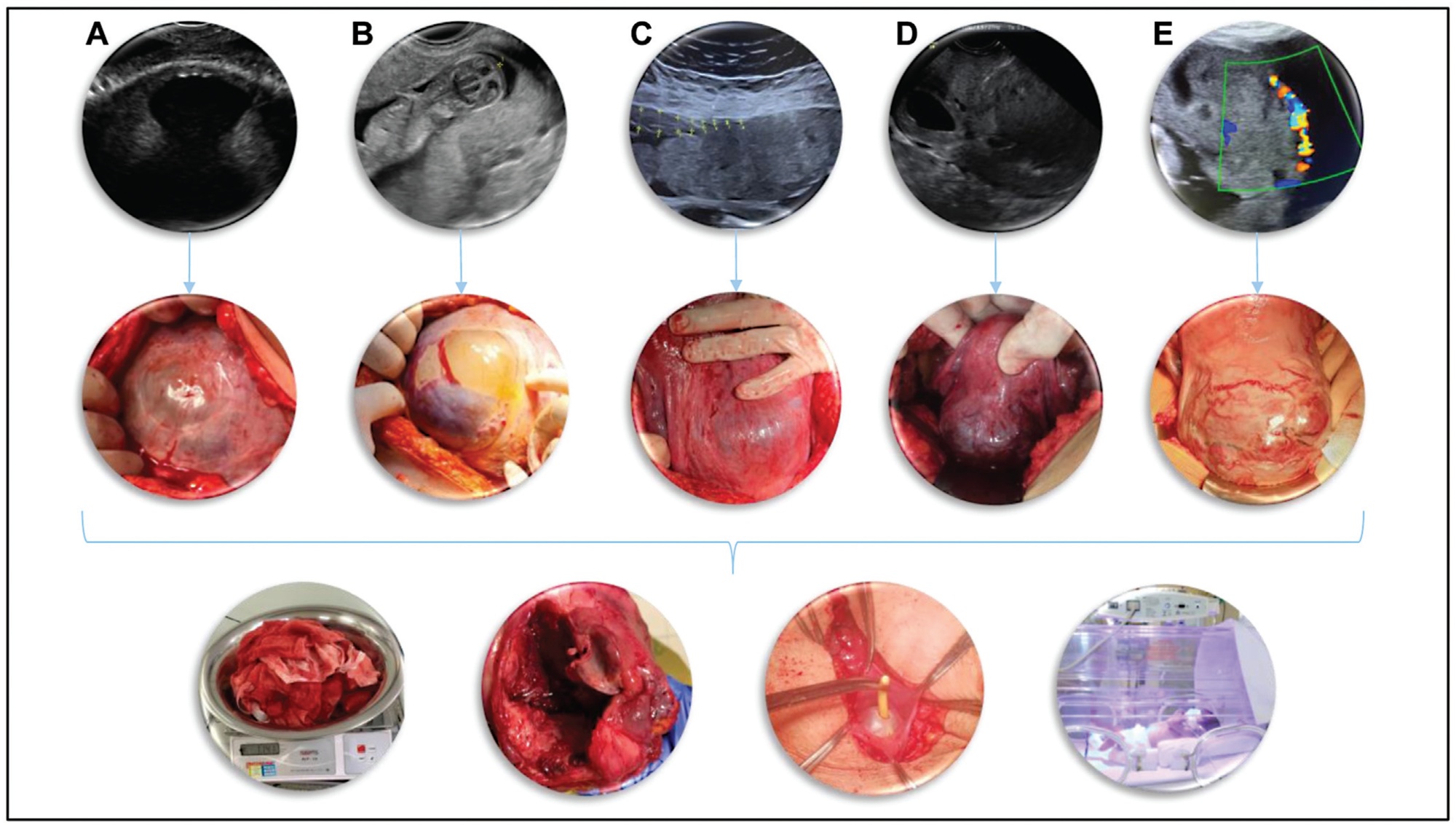Revista Brasileira de Ginecologia e Obstetrícia. 2023;45(6):297-302

Cesarean section (CS) is the most commonly performed surgical procedure in the United States (more than a million surgeries per year) and one of the most frequently performed procedures worldwide. Although CS is a potentially life-saving procedure when correctly indicated, its worldwide use has steadily increased over the last decades (currently 21.1% globally, ranging from 5% in sub-Saharan Africa to 42.8% in Latin America and the Caribbean). Moreover, it will continue increasing worldwide (2030 projection: 28.5% globally, ranging from 7.1% in sub-Saharan Africa to 63.4% in Eastern Asia). Dominican Republic, Brazil, Cyprus, Egypt and Turkey are the worldwide leaders, with CS rates ranging from 58.1% to 50.8%, respectively, which points to a worrying trend towards overmedicalization of childbirth and overuse of CS. Other surgical procedures such as dilation, curettage, myomectomy, and surgical hysteroscopy are less frequent than CS. Still, due to the trend towards more advanced maternal age, the number of pregnant women previously submitted to these procedures also tends to increase. These data point to a growing number of pregnancies in surgically manipulated uteruses.
Pregnant women with previous uterine scars are at risk for increased morbimortality. Complications such as placenta previa, spontaneous uterine rupture, uterine dehiscence (with or without placental intrusion), cesarean scar pregnancy (CSP) and placenta accreta spectrum disorders (PAS) are associated with potentially life-threatening uterine bleeding, extra-uterine lesions and preterm delivery ().
[…]
Search
Search in:


Comments